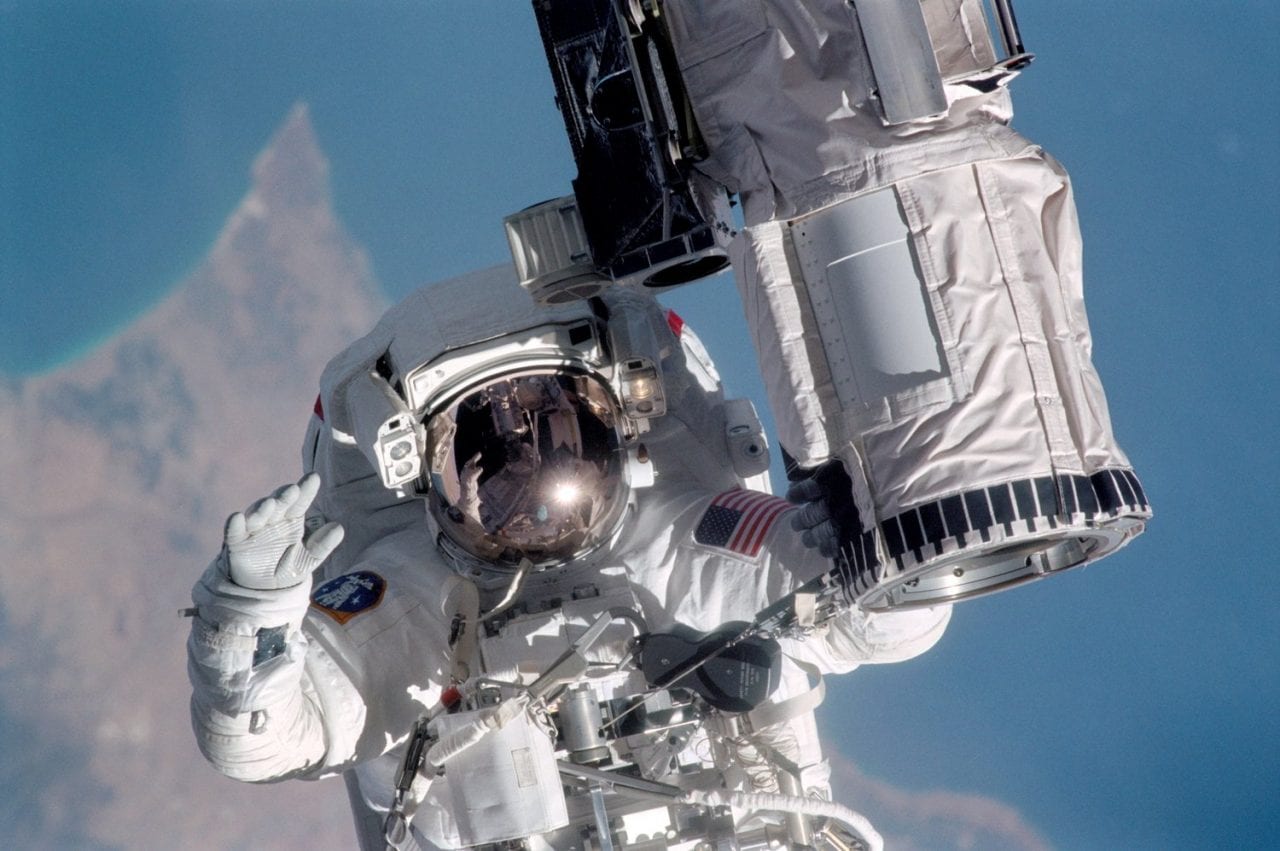Irish companies have a strong record winning business with the European Space Agency. Claire O’Connell reports there are growing opportunities to replicate this success in the US
Revenue from the global space industry was estimated at $322.7 billion in 2014. Driven by frontiers as varied as harnessing data from the International Space Station to the move towards low-Earth orbit satellites set to provide ‘internet for the planet’, commercial space is growing, particularly in the US.
Located close to the heartland of this burgeoning sector, the team at Enterprise Ireland’s new office in Austin, Texas, has been busy forging contacts with representatives from the likes of NASA, Teledyne Brown Engineering, PlanetIQ and Firefly
Senior market adviser Randy Bounds believes that a better understanding of US satellite market and manufacturing supply chain could create opportunities for Irish companies, even those not currently working in the space sector.
NASA on Partner Search
At the Johnson Space Center in Houston, Texas, NASA’s Partnership Development Office has identified 27 technology areas where it is actively seeking to establish co-operative-development (co-dev) projects. Technologies include energy production management and storage, risk-analysis software and inflatable structures – but the list is far from exhaustive, according to Partnership Manager Mark Dillard.
“We have a technology roadmap that has hundreds of different technologies and areas where we would see a shortfall or there is a big technology gap we want to close, and we have cherry-picked 27 as a starting point,” he explains. “But a technology doesn’t have to be on the list for us to be interested.”
Commercial Players Looking Beyond Space Sector
In the past, space was a very specific market with very specific technologies,” says Tony McDonald, who deals with European Space Agency programmes at Enterprise Ireland. “But in the past five years or so, it has moved more to the commercial arena, and this trend changes the whole dynamic.”
With that comes the need for more flexible solutions that can be delivered to the market quickly, and the resulting direction of travel means that technologies developed for use on Earth can now have greater applications in the space sector, and vice versa.
Harnessing Data from The ISS
The move for Alabama-headquartered Teledyne Brown Engineering to a more commercial focus in space involves what Vice President for Global Commercial Space John Horack describes as ‘the world’s most technologically advanced coffee table’.”
About one metre squared, the stable platform is designed for use on the International Space Station to hold up to four separate instruments for gathering data about the Earth below.
Teledyne Brown is now interested in talking to potential partners who could use the platform itself to test or run equipment, or who could use the data that on-board instruments generate. “Whether it is an academic, social scientific or commercial activity, we are very eager to find good quality partners,” says Horack.
Firefly, co-founded by US-based Irish entrepreneur PJ King, is another commercial space-sector player looking for collaboration partners. Billed as the ‘Ryanair of satellite launch’, the company is developing dedicated launch vehicles for small satellites.
Firefly is interested in talking to companies with materials expertise that could suit their needs: “Rockets need to be lightweight and materials design is a tricky and important part of that,” says King.
Low Earth Orbit Satellites
Another new area opening up possible opportunities is the concept of ‘megaconstellations’ of hundreds or even thousands of small, low Earth orbit satellites being harnessed to revolutionise data acquisition from space and ultimately deliver high-speed ‘Internet for the Planet’. Bounds says that big names, including Googlespace, SpaceX and Virgin Galactic, are investing in this potentially disruptive technology. For Irish suppliers, he adds, the economics become a whole lot more attractive if they are supplying components for an order for hundreds of satellites rather than a single unit.
Aiming for an orbit a little below the International Space Station, PlanetiQ wants to deploy suite of small satellites to capture precise information about the Earth’s temperature. “We are looking to be the world’s first commercial satellite network for weather applications,” explains president and CEO Anne Miglarese.
We Have the Technology
Back at home, Enterprise Ireland’s Tony McDonald has seen numerous Irish companies apply their technologies in space, including Enbio, which has developed protective pigments for coating spacecraft, and Radisens Diagnostics, which is working with the ESA to develop a blood-testing device for use by astronauts on board the International Space Station.
Developing technologies for the space sector can involve clearing relatively high hurdles to ensure that the resulting products or services are reliable and robust, he notes. However, lower-hanging fruit may now become an option for Irish companies through the emergence of the megaconstellations of low Earth orbit satellites concept. The move to high-volume, lower cost and faster turnover of satellites will mean more business in the supply chain, and the data, positioning information and communications the satellites provide could also generate useful downstream applications.
“The expanding niche of satellites offers a growing opportunity not just for traditional space companies, but companies in remote monitoring and even in terrestrial communications systems, who might be able to incorporate a satellite into their communications as well, or for networks that need to be resilient, such as emergency services,” says McDonald. “I think there are all sorts of exciting opportunities there when people put those systems together.”
For more information, contact randy.bounds@enterprise-ireland.com or tony.mcdonald@enterprise-ireland.com



